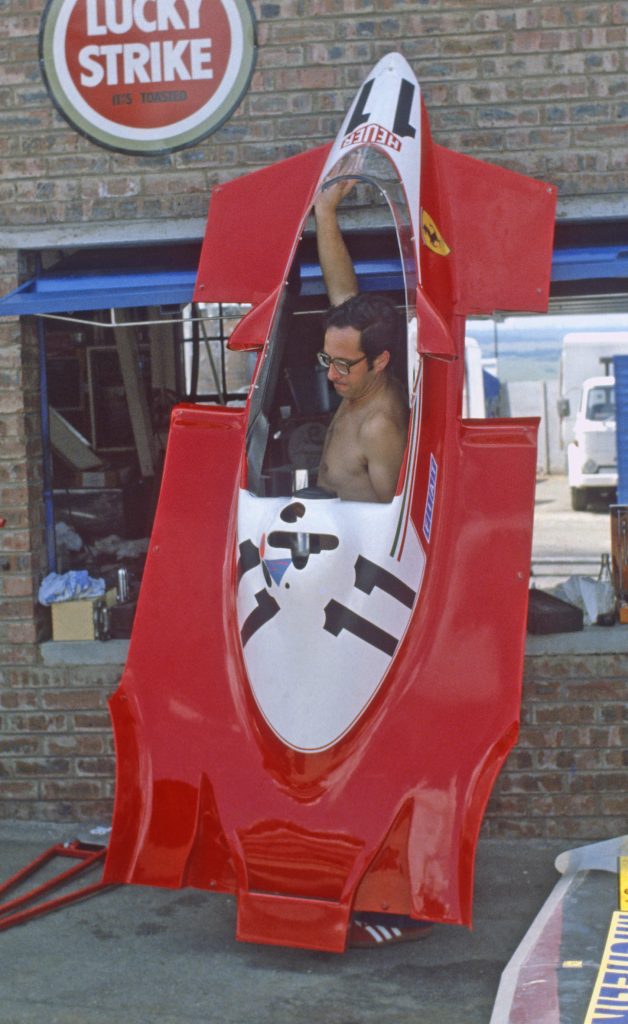
To anyone who has the slightest interest in Ferrari, whether in grand prix racing or sports car racing, the name Mauro Forghieri is not only familiar but one to be praised as one of the finest engineers in the entire history of Ferrari.
He was thrown into the deep end in 1961 when Enzo Ferrari fired a number of the leading members of his staff for criticising the actions of Laura Ferrari, Enzo’s wife, who had started to attend the grand prix races around Europe. One of those was Romolo Tavoni who, at the time, was not only team manager of Scuderia Ferrari but also Enzo Ferrari’s private secretary.
Tavoni is a mild mannered man who trained as a banker and as a young banker in Modena his boss sent him to deal of Enzo Ferrari who was banked with the bank and it led to Tavoni being offered the chance to join the company.
As a team manager he was always fair and balanced in his judgement but at the British Grand Prix at Aintree in 1961 he told of an incident at the hotel after practice. He had been chaperoning Mrs Ferrari who had started to attend events as a fresh pair of eyes for Enzo Ferrari who tended not to visit races. Sitting with other team members in the lounge he had a glass in front of him and when Mrs Ferrari arrived she asked him what he was drinking. He explained it was Coca Cola and she took up the glass and threw the contents over him.
Laura Ferrari was a very important member of the Ferrari organisation alongside her husband, but at the time of the incident Tavoni explained she was under medication and felt this might have been the reason for her strange behaviour. However it appeared that some of the other senior management people had also been concerned and it was agreed that a letter should be written which Romolo Tavoni would bring up with Enzo Ferrari.
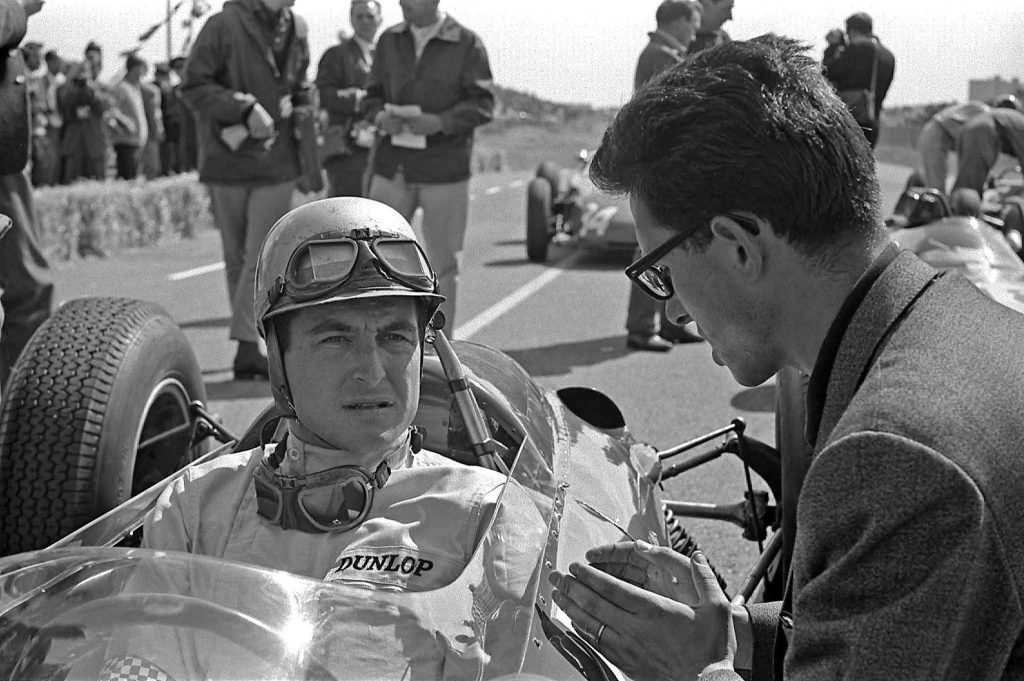
A meeting was called and at the end of it those who were involved were fired.
One of most important people culled was the chief engineer Carlo Chiti who had Mauro Forghieri working for him as his assistant on the racing car programme.
As a result Enzo Ferrari turned to the young 27 year old Mauro and appointed him chief of the technical department even though he told Mr Ferrari that he felt he was too inexperienced.
Mauro Forghieri was born in January 1935 and his father Reclus Forghieri was an engineer and toolmaker who, in the late 1930’s was employed by Enzo Ferrari at the Scuderia Ferrari premises in the centre of Modena. He was briefly involved in the development of the Type 158 Alfa Romeo grand prix car but at the start of WW II he moved to Naples to work for the Ansaldo company leaving Mauro and his mother in Modena. At the end of the war he returned to Modena and the family.
Once back in Modena Reclus re-joined his old employer Enzo Ferrari first in the workshops and then he became manager of the small foundry in Maranello where Ferrari cast all the cylinder heads and accessories for his racing cars.
When Mauro was studying mechanical engineering at Bologna University he was recruited during the holidays by Scuderia Ferrari and did various work experience jobs there and thanks to his father he was very familiar with the workings of Scuderia Ferrari.
During a conversation with him in his office at Oral Engineering, a company he helped found in 1994 as a specialist design company, he explained that part way through his studies at Bologna University he had the idea of going into the aircraft industry and moving to the United States. He wanted to involve himself in gas turbine technology but gave up that idea and once he qualified Enzo Ferrari invited him to come and join Ferrari on a new project.
This was a Training School Enzo Ferrari was setting up where Forghieri was initially engaged as a teacher. However, this did not last long and when he moved back to the main Maranello factory he was put into the technical design department that was run by Carlo Chiti. At the time, the late 1950’s, Chiti had been working on the V6 Dino grand prix engine.
Then came his surprise promotion when Chiti was fired so beginning the remarkable Forghieri years at Ferrari.
That he had talent and a great imagination there was no doubt but like his boss, Enzo Ferrari he had a quick temper and he once remarked “At Ferrari I had to manage great mechanics and great drivers. I let them see that I got angry but there was even some theatre! “
Not only was Mauro Forghieri present at some of Enzo Ferrari’s most inventive and successful years in grand prix racing, he was also the creator of that success with his pure engineering approach and design inspiration.
Just think of his 312 series of Grand Prix cars and we see his logical progression of that engine which was a classic in the history of Formula 1 racing.
He also was a great confidante. He tells of that Japanese Grand Prix when Niki Lauda – who had returned to grand prix racing after his horrendous accident at Nurburgring – decided that the wet conditions at Suzuka were too dangerous and called into the pits.
Forghieri: “….I immediately moved closer to the cockpit when he came with in what I thought was a malfunction. He said in his basic Italian ‘ Mauro, I fear, I not racing , I finished’ I answered with a sentence that was a tribute to his courage: Niki, we’ll say to the press the car broke down as I wanted to save his act.
“ But Lauda was strict ‘ No, you say truth.I fear’. He lost the championship that day by one point to the benefit of James Hunt”
When one thinks about it, during the days that Mauro Forghieri was in charge of the technical development side Ferrari were racing in Formula 1, sports cars and GT cars with only around 200 people doing every job at Maranello. Ferrari in those days was truly a team effort where everyone usually had to help out in jobs other than the ones they were recruited for.
In 1962 one of Forghieri’s lesser known successes was when he resolved some of the problems that faced the prototype Ferrari GTO. Basically a development of the 250GT SWB, which allowed it to be homologated, the term “GTO” was never officially used it was called the 250GT-O the “O” standing for Ommologato but somehow the dash between GT and O was re-interpreted as GTO and the name stuck.
The GTO project was in the hands of a small team led by Giotto Bizzarrini and a prototype was entered for the 1961 Le Mans race but it was not the definitive GTO. A later bodywork by Piero Drogo was an improvement but when Bizzarini was one of the engineers fired by Ferrari in November 1981 the project was handed over to Mauro Forghieri.
Many tests were done but the key modification Forghieri made was to a add Watts linkage to the rear suspension supported on anchorage points on the differential casing; a modern interpretation of a linkage patented by James Watt in 1784 !
This proved to be the answer and new differential casings were cast with a boss to accept the Watts links. The addition of a tiny spoiler on top of the flat tail also contributed towards better handling and the legend of the GTO began in earnest.
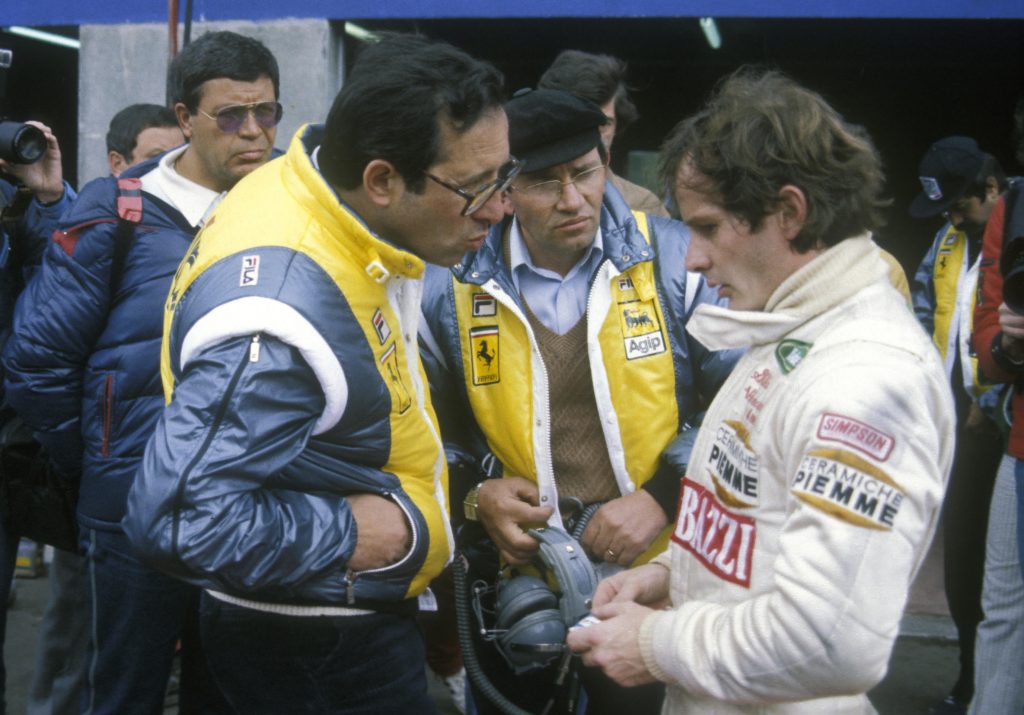
Mauro Forghieri’s contribution to the success of Ferrari has rarely been fully appreciated. Remember, Ferrari won the Formula 1 world championship four times but, more impressively, the manufacturers championship eight times. Then think of the sports cars, the 312P and the 312PB, great cars all.
In 1987 Mauro left Ferrari, after 27 years, to join Lamborghini which had been bought by the Chrysler Corporation. The dynamic Lee Iacoca authorised the establishment of a new Engineering department and Forghieri joined along with former Ferrari team manager and Grand Prix Drivers Club member Daniele Audetto. He immediately got down to designing the Lamborghini 3512 grand prix engine, again a V12 which went to Gerard Larousse’s new Formula 1 racing team.
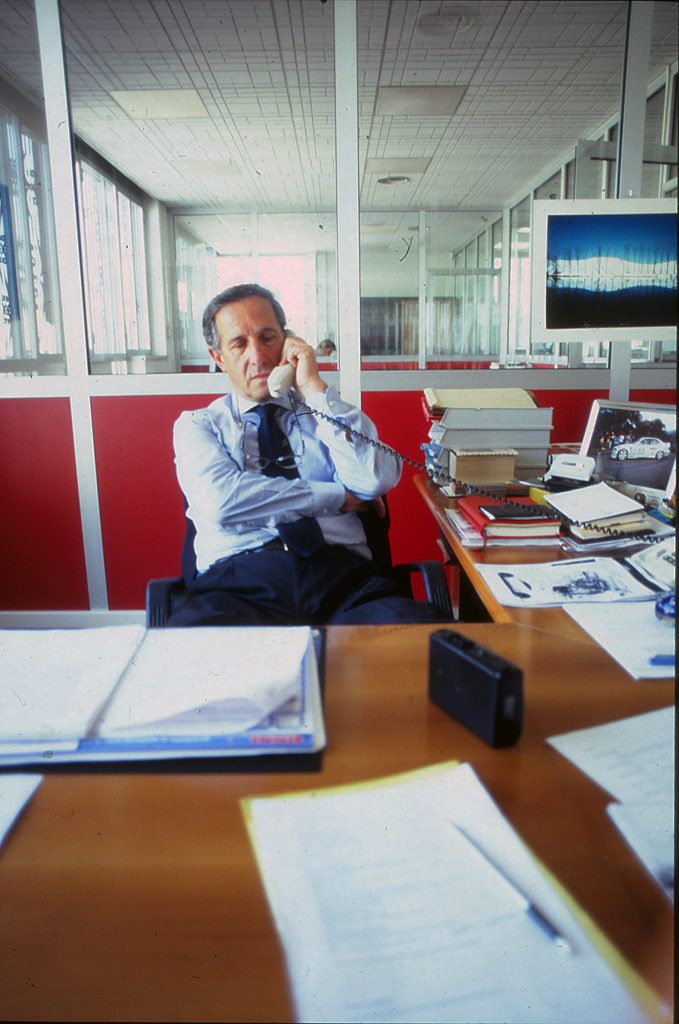
However, the relationship did not last long and Mauro left Lamborghini and returned to Modena as Technical Director of Bugatti under Romano Artioli who had great plans to bring Bugatti back into the exclusive supercar league. It was a dream project but after two years Mauro left and joined Sergio Luigi and Franco Antoniazzi who had founded Oral Engineering a hi-tec engineering company.
It opened Mauro’s mind to many new ideas and on one of my visits the workshop was developing a BMW touring car that was to be raced by Alex Fiorio the son of Ferrari’s former team manager Cesare Fiorio.
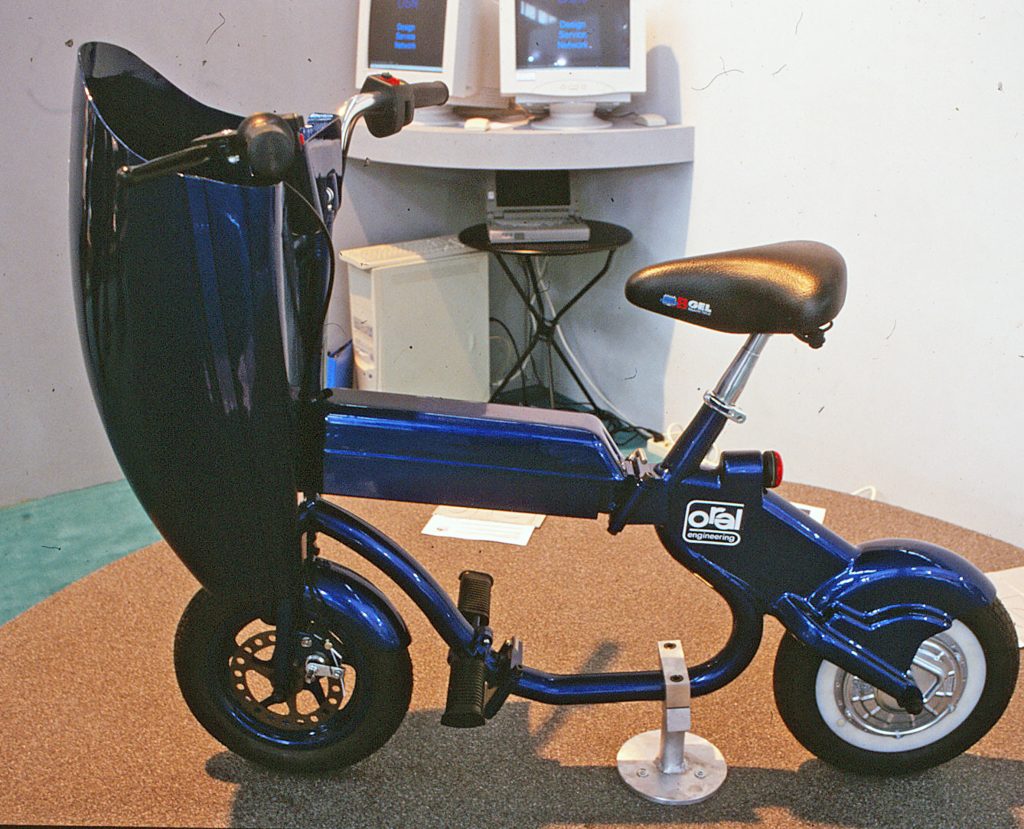
On another occasion at the Frankfurt Motor Show Oral had taken a stand and Mauro Forghieri was in attendance. He called me over to show me his latest idea, a motorised shopping trolley. The concept was a small scooter with a large pannier on the front and a hinged frame which allowed you to convert it into a two-wheel shopping trolley!
As a member of the Grand Prix Drivers Club Mauro joins the members from time to time notably last year at Imola where he met up with a number of his former racing driver friends. On January of this year he celebrated his 75th birthday and is still as lively and entertaining as ever.
Graham Gauld
